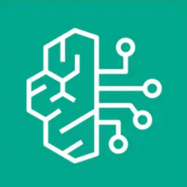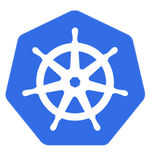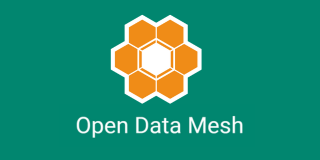The Open Data Mesh Platform (ODMP) is the open-source implementation of a Data Developer Platform (DDP) that facilitates end-to-end management of the data product lifecycle. The platform’s high versatility allows users to use it as-is or customize it to meet specific requirements. Through a modular architecture, ODMP leverages open specifications and protocols to enhance interoperability with different systems: adhering to established standards fosters an ecosystem of tools that integrate and adapt to continuously evolving needs.
The architecture consists of two planes that reflect those proposed by the Data Mesh theory:
• Product Plane: This is the ODM implementation of the Data Product Experience Plane, which aids in the creation and consumption of data products as well as in managing their lifecycle.
• Utility Plane: This is the ODM implementation of the Data Infrastructure (Utility) Plane, aiming to separate the management of data products from the underlying physical infrastructure.
As evident, the primary modules of the ODM platform are technology-agnostic: data products are created and managed through the Product Plane independently of the underlying physical infrastructure, which is separated by the Utility Plane and adapters.
Product Plane
The Product Plane exposes the core microservices of the ODM Platform. Each microservice provides a set of APIs to handle the stages of the data product lifecycle:
Utility Plane
The Utility Plane exposes a set of services useful for the functionality of the mesh to decouple the underlying infrastructure, such as:
Each microservice exposes an interface that requires a real implementation. The purpose is to provide a starting point and a basic structure for implementing specific services. Any implementation of the services in the Utility Plane is called an Adapter.
Adapter
An Adapter is a specific implementation of the Utility Plane services technology: it represents in all respects the component that decouples the mesh platform from the real infrastructure. ODM users can connect the adapters needed to work with the underlying infrastructure via the application.
The ODM Platform offers an implementation of the following Adapters:


























